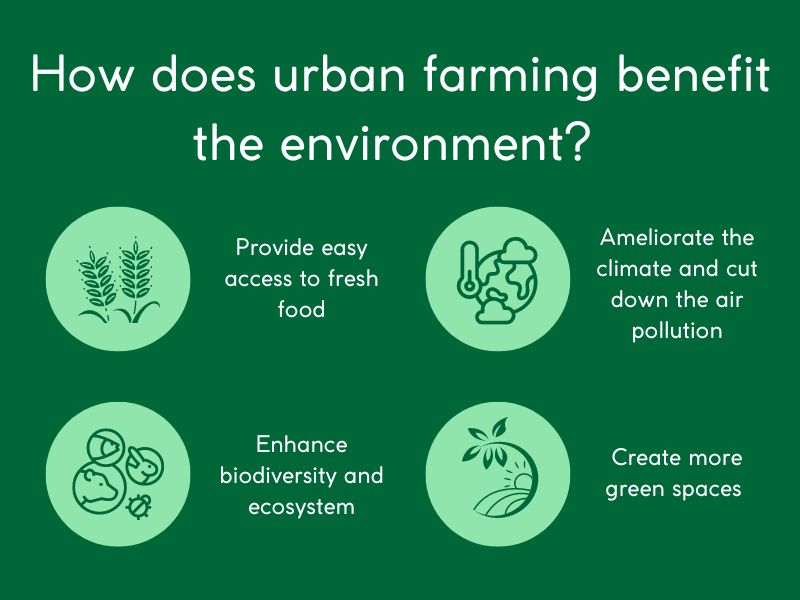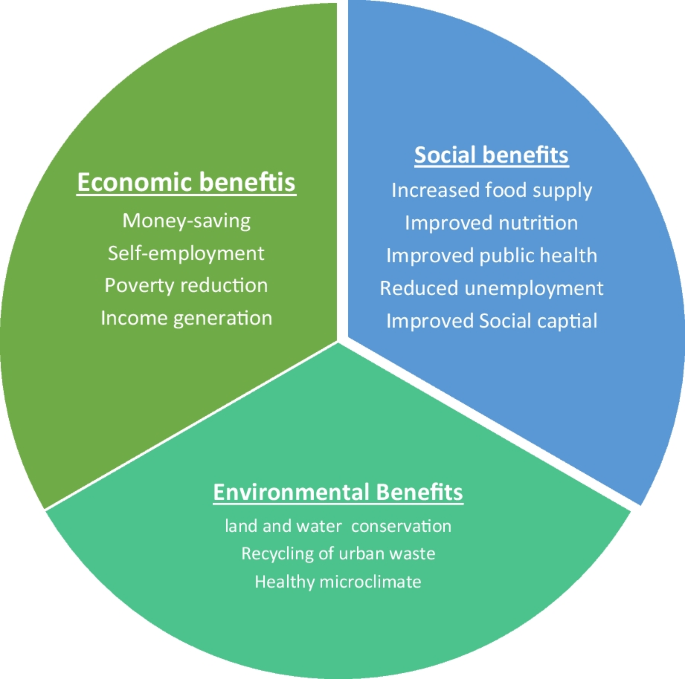An Unbiased View of City Blooming
Table of ContentsCity Blooming Things To Know Before You BuyEverything about City Blooming6 Easy Facts About City Blooming ShownThe Greatest Guide To City BloomingWhat Does City Blooming Do?
Nature has amazing effects on our physical and mental wellness, so it's not a surprise that a basic delicious on a desktop or some potted herbs on a windowsill can instantly enhance a room. Take those plants an action even more, and you'll cross right into the territory of city horticulture, which brings even much more advantages to individuals and neighborhoods alike.What Are Urban Gardens?Urban horticulture, in some cases understood ascity gardening, is defined as "the process of cultivating eco-friendly spaces in urban setups. "It incorporates a variety of tasks from urban farming to outdoor patio gardens to community yards - urban gardening. Urban gardens can be tended by individuals, teams, firms, or companies. The quantity and range of food grown can vary extensively, as well as the dimension of the task itself, yet metropolitan gardening initiatives are all rooted in a city setting.
Whether they include a collection of pots on a terrace or a cluster of stories on a vacant lot, these yards supply greater than food, supplying a host of ecological, economic, and social benefits. Since fruit and vegetables is grown in neighborhood setups in contrast to far-away ranches, metropolitan horticulture minimizes transportation demands, as a result lowering carbon exhausts.
Not known Incorrect Statements About City Blooming
Sustainable and natural agriculture gets rid of or reduces much of the ecological injury that would be incurred by commercial agricultural techniques. Green areas in cities aid reduce the metropolitan warmth island effect. Urban farming boosts local economies and supports neighborhood food producers. Area gardening tasks typically offer food at little or no charge, which aids reinforce food budgets and boost food protection. Urban gardens can be devices of social adjustment that address inequities, systemic bigotry, and neighborhood growth issues. Here at Appetite For Modification, we utilize food as a tool to develop wellness, wide range, and social adjustment in North Minneapolis. We bring individuals together to learn, cook, consume, and expand food, developing adjustment that lasts.
Search our store, consider volunteering, or give away today to sustain our amazing effect in North Minneapolis! Together, we can create well-rooted and flourishing adjustment!.

The key lesson we, as soon as again, need to discover is that cities are not divorced from nature. They belong of the larger biome in which they're located. As organizers and developers, we are trained to think holistically. While these disciplines promote cities as useful, no city is best not even close, and the susceptabilities and affiliations of the worldwide supply chain has impacted everybody in unanticipated methods.
The 3-Minute Rule for City Blooming
I will certainly check out models from the past that advertised city gardens and garden enthusiasts, and show what worked and what did not. I will certainly discuss the opportunities and obstacles of being a city garden enthusiast, what is needed to establish a yard of your very own, and what laws and criteria stand in the method of making cities better at promoting urban gardens.
The quantity of time lost reaching and from traditional offices has actually been well recorded. One noteworthy research study wrapped up that prior to the pandemic, Americans lost an average of 54 hours a year travelling. The built up negative results of air pollution and stress that arise from commuting alone by automobile as many Americans do are significant.
The capacity to come to the workplace for partnership and society, and remain home for focused job is an idea that conserves time, is better for the environment and is a smarter use of minimal sources. What hasn't yet taken hold is the link between these modifications in actions and just how cities can react.
Getting My City Blooming To Work
What are the wellness influences of our cities instantly overdesigned for vehicles? Just how can our city facilities (roadways, utilities) carry out far better, not only as channels to move individuals and products, yet as factors to all-natural systems? Urban phenomena such as smoke, poor water quality and the 'warm island effect' can be alleviated by greening our roads, energizing our cars and growing our vehicle parking great deals.
In a recent short article in the Wall surface Road Journal, Richard Florida went over the phenomenon of 'zoom cities,' which bring in remote workers by developing a photo of a higher high quality of life (indoor plants). He created: "For cities, remote work alters the emphasis from tempting firms with special deals to enticing ability with services and services
Urban horticulture now has lots of choices to help you expand food anywhere you have space, such as with container gardening, hydroponic horticulture, and rooftop horticulture. This means you can control the area where you grow the food, and stress less regarding ecological conditions like dry spell or cool weather condition. You can select what you wish to expand, exactly how you desire to expand it, and where you desire to expand.
City Blooming Fundamentals Explained
Growing mass-produced food with traditional farming methods takes a great deal out of the planet. Past the numerous resources that are used on the ranch, the food then needs to be moved from where it is grown to a store near you. That needs melting a whole lot of gas. On average in the U.S., food is now transferred between 1,500 and 2,500 miles to reach the consumer.
